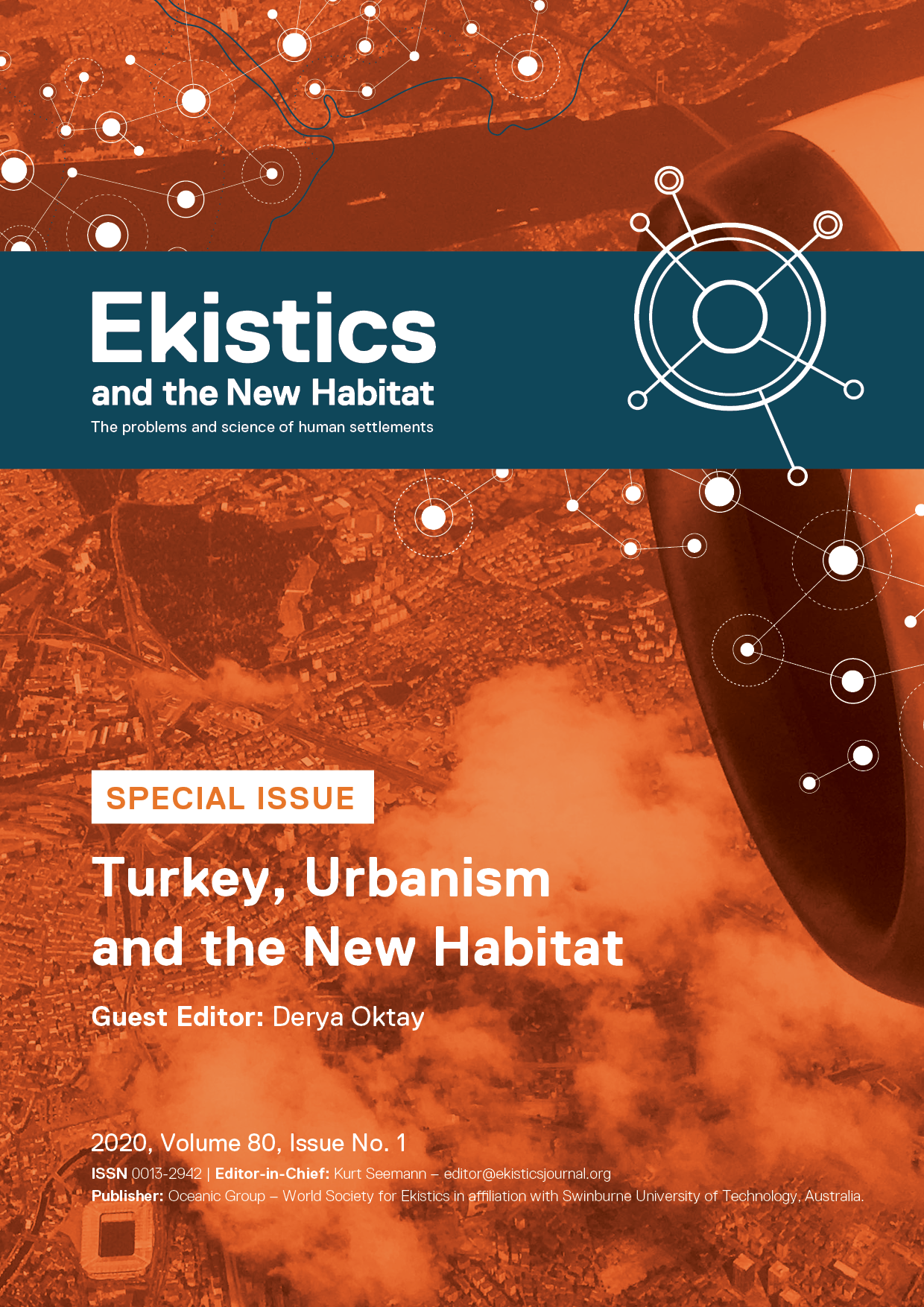Spatial Characteristics of Urban Waterfronts
Evaluations on the Historical Waterfronts of Istanbul
DOI:
https://doi.org/10.53910/26531313-E2020801484Keywords:
Urban waterfronts, historical waterfronts, transformation, connectivity and continuity, imageability, compatibility, looseness, Istandbul, holistic planning, spatial designAbstract
In the second half of the 20th century, urban waterfront development began in North America and spread around the world. During the development process, urban waterfronts were assigned various functions, however following their spatial transformation, various problems such as weak interaction with water, weak physical accessibility, and the loss of historical identity have occurred directly affecting open spaces. Since the 19th century, the transformation of Istanbul waterfronts has occurred in parallel to the urban development process but without being a part of holistic planning approach. In time, the loss of open spaces, the lack of qualities such as the spatial interaction with water, the weak accessibility by public transportation and the lack of diversity for recreational activities have grown into common problems. This article discusses the results of a study focused on the spatial characteristics of open spaces especially referring to historical waterfronts (Eminönü, Karaköy, Kadıköy, Üsküdar, Beşiktaş) in consideration with the qualities of ‘water-based environment’, ‘connectivity and continuity’, ‘imageability’, ‘compatibility’ and ‘looseness’.
Downloads
Published
How to Cite
Issue
Section
Categories
License
Copyright (c) 2021 Ekistics and The New Habitat

This work is licensed under a Creative Commons Attribution-NonCommercial-NoDerivatives 4.0 International License.
Please contact the Editor-in-Chief: editor@ekisticsjournal.org, should you have any questions on copyright for your submission.
This research journal is for Educational and Knowledge development purposes.
All material published on this site complies with our copyright and terms as described by the Attribution-NonCommercial-NoDerivaties 4.0 International (CC BY-NC-ND 4.0)






